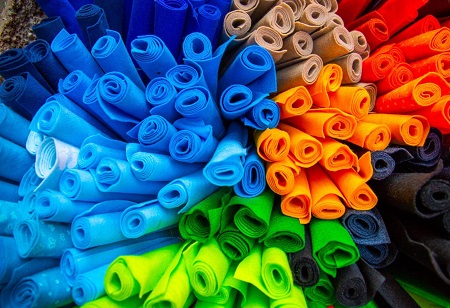By 2030, the global market for
nonwoven fabrics is expected to reach $68.1 billion. The increased demand for these materials is due to an exponential surge in consumption of these commodities in Asia's developing economies; with India and China as the major contributors to this expansion.
India, in particular, has a great chance of benefiting from a far larger share of this expansion. The Indian government has placed a great emphasis on fostering all elements of the textile industry, notably the many unrecognized nonwoven uses. The Indian sector is beginning to expose itself to worldwide trends by allowing global businesses to partner with Indian enterprises. Nonwovens and technological textiles have long been regarded as the most promising and active area of the textile industry, and their demand and consumption are expected to skyrocket in the near future.
In this article, let’s explore the key trends influencing the growth of this market in India.
Shift towards re-usability
Nonwovens have long been used in a number of disposable, single-use applications, but they are now being used in a range of reusable applications. With advances in printing technology, multicolored woven textiles may be replaced with basic woven fabrics printed to simulate finer structures. For such uses, nonwoven structures would be a terrific, cost-effective solution.
The desire to save costs without losing performance is front and center in general, and nonwovens thrive in this area. They can successfully replace many traditional structures while saving a significant amount of money in terms of capital expenditures, energy usage, and carbon emissions.
Non-woven fabric and the Healthcare industry
With the advent of COVID-19, there has been an exponential surge in the demand for the non-woven fabric across the healthcare industry. Today the healthcare industry is massively dependent on the non-woven fabric market for the production of key products like face masks and PPE kits.
Additionally, the World Health Organization (WHO) has also mandated the efficacy of medical nonwoven disposables in decreasing cross-contamination and preventing patients from contracting infections on the operating table in a number of preoperative and postoperative infections. This has boosted the use of medical nonwoven disposables in hospitals all around the world.
